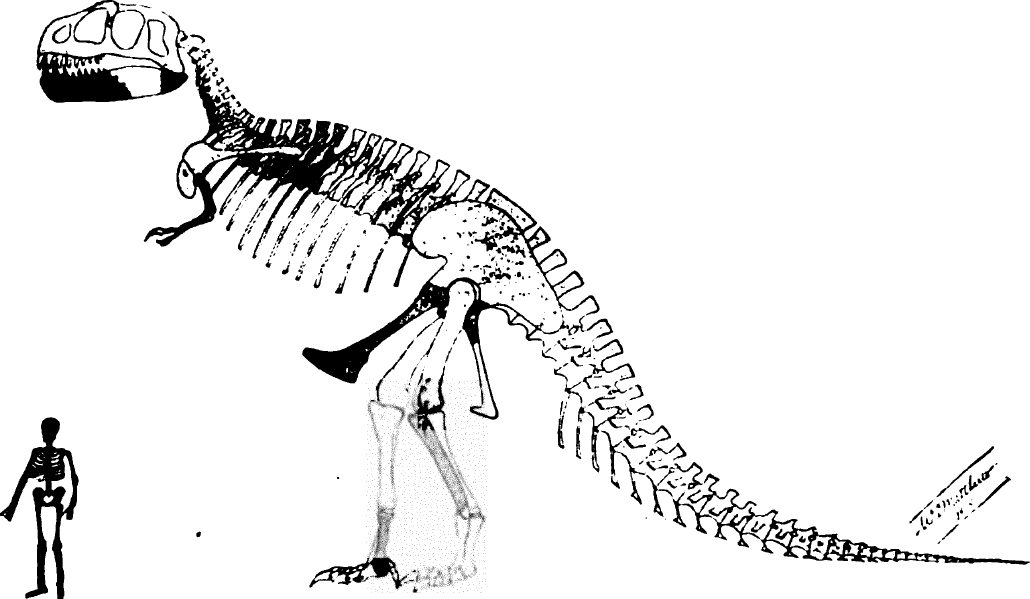<![CDATA[Dinosaur trackways that have recently been uncovered in Canada show that Tyrannosaurs hunted in packs. The fact that these Tyrannosaurs, a group of prehistoric predators, moved around and hunted together for their prey was debated by dinosaur experts for years. However, with very little evidence to lay proof or to refute the statements, the debates and speculations went on for decades. Researchers in Canada have finally been able to come up with some conclusive evidence that should lay rest to this long debated topic once and for all. There are claims of the strongest evidence being unearthed which proves that these ancient predators moved around in packs. According to reports, the first known Tyrannosaur trackways were uncovered for the first time in history at a remote location in the northeastern parts of Canada. These tracks were apparently left by three Tyrannosaurs who were moving in the same direction at the same time. These new findings are unlike the single footprints that have been found till date. Moreover, these Tyrannosaur trackways consist of a number of steps that have helped in revealing numerous features of their movement as well as the length of their stride. What has surprised most of the Canadian researchers is that each of these tracks are found next to each other, with each of the animals keeping a respectable but constant distance from the others. These trackways were uncovered by Richard McCrea, a researcher at the Peace Region Palaeontology Research Centre. He found the first one after a hunting guide had alerted him of its existence with some pictures. The guide had found a single set of footprints that were already exposed. After doing some investigations in the area a second set of footprints was also found, going in the same direction. McCrea made immediate plans to discover the area and that was when the third set of footprints that belonged to the same trackway was found under volcanic ash. However, the main discoveries came in almost one year later when the team uncovered two more sets of Tyrannosaur tracks running in the same direction. According to McCrea, the uncovering of the other two Tyrannosaur tracks made them sure that they had uncovered a gold mine. A single footprint is considered to be extremely interesting for dinosaur experts, but an entire trackway is way more than that. McCrea also believes that these trackways are as strong an evidence that one is likely to get which proves that Tyrannosaurs were gregarious animals. According to reports, the footprints were so well preserved that it was even possible to discern the contours of the animals’ skin. McCrea stated that it must have been a dreadful and frightening sight when these footprints were made. The size of the footprints also puts these Tyrannosaurs in their late 20s or their early 30s and the depth of the prints and other measurements in the area suggests that they were made almost 70 million years ago. Closer inspection also revealed things like one of the Tyrannosaurs missing a claw in its left foot. McCrea’s team also unearthed more sets of footprints from other prehistoric animals such as Hadrosaurs. What makes the earlier findings so crucial is that these prints were all over the place and running in all sorts of directions, a fact that allows the palaeontologists to ascertain that the Tyrannosaurs were not forced into a group by the geographical terrain.]]>
Evidence Shows That Tyrannosaurs Hunted in Packs
